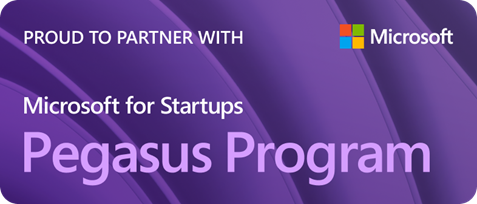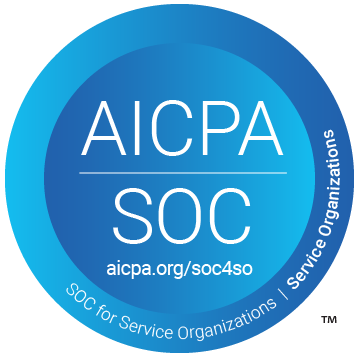The Illusion of Integration: How CSPM & ASPM Acqusitions Are Building Silos Within a Platform
While CSPM & ASPM platforms stitched together in an acquisition claim to offer an integrated approach to security by aggregating data across the full lifecycle of software development, they often fall short of delivering true integration. Instead of fostering a cohesive, product-centric DevOps model, these platforms inadvertently create silos within their own systems. The root of the problem lies in the way these platforms are designed—they focus on providing lifecycle scan aggregation without addressing the need for a people-focused, product-centric implementation that truly facilitates DevSecOps.

The Siloed Reality of Lifecycle Aggregation
The promise of full lifecycle scan aggregation sounds like an effective solution—combining all stages of development into one cohesive platform. However, when this aggregation is not aligned with the specific context of each product team, it creates a disconnect. Each user persona, whether a developer, security analyst, or operations manager, works on their specific tasks within the platform, but these tasks are not correlated in a way that reflects the actual needs and risks of the product team as a whole.
This disconnect means that while the platform may aggregate data, it doesn't integrate the workflows and insights across teams in a meaningful way. Security tasks become isolated activities, leading to a scenario where, despite being within one platform, the different functions are still working in silos. The result is a fragmented approach to security that fails to address the unique challenges of modern product development.
The Necessity of a People-Focused, Product-Centric SPM
To truly overcome the challenges of siloed operations within a single platform, it is crucial to implement a Security Posture Management (SPM) system that is people-focused and product-centric. This approach goes beyond merely aggregating data; it actively facilitates collaboration between product teams, ensuring that risk analytics, security tasks, and remediation efforts are applied in the context of the specific product being developed.
A product-centric SPM recognizes that security is not just a series of checkboxes or tasks to be completed; it’s an ongoing process that requires alignment with the goals and dynamics of each product team. By embedding security into the DNA of product teams and correlating tasks with product-specific risks and priorities, this approach breaks down silos and fosters true collaboration across the development lifecycle.
The Importance of Contextual Security Insights
One of the key benefits of a product-centric SPM is its ability to provide contextual security insights that are directly relevant to the product team’s work. Instead of generic security tasks that might apply to any project, a people-focused SPM tailors its recommendations and actions to the specific risks, priorities, and context of the product in development. This ensures that every security effort is aligned with the actual needs of the product, rather than being a disconnected, siloed activity.
Facilitating DevSecOps Through Integrated Workflows
To facilitate true DevSecOps, a platform must do more than aggregate data—it must integrate workflows across teams, ensuring that security efforts are seamlessly woven into the fabric of product development. This means creating a system where every action taken by a security analyst, developer, or operations manager is contextualized within the larger goals of the product team. By doing so, a product-centric SPM breaks down the barriers that traditionally separate security from development, creating a more cohesive, effective security posture that is aligned with the demands of modern software delivery.
Conclusion: Moving Beyond the Illusion of Integration
The promise of full lifecycle aggregation in platforms like Wiz is appealing, but without a product-centric, people-focused approach, it remains an illusion. True integration requires more than just aggregating data; it demands a rethinking of how security is implemented across product teams. By adopting a modern SPM that facilitates DevSecOps, organizations can break down silos within their platforms and create a truly integrated, effective security posture that aligns with the goals of modern product development. This is the path forward in building resilient, secure software that meets the challenges of today’s digital landscape.
Also see: The CNAPP Illusion: Why Best-of-Breed Security Wins Over Patchwork Acquisitions
SHARE!
More Resources















